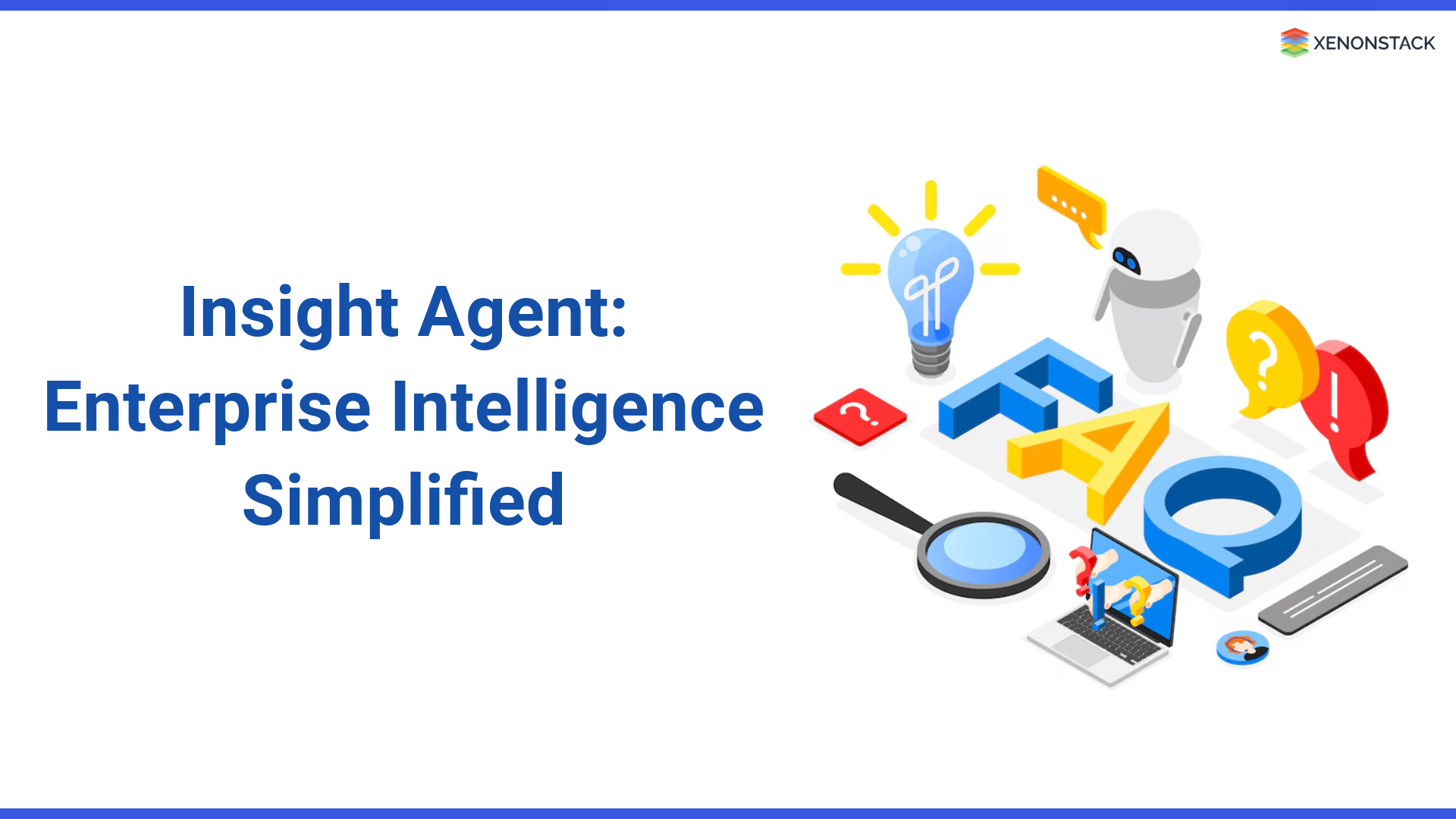A leading financial services organization struggled with extracting valuable insights from siloed enterprise systems, particularly their SAP infrastructure. With disconnected data and manual analysis processes, they faced significant delays in decision-making and missed business opportunities. Implementing Insight Agent with AWS Bedrock and Model Context Protocol (MCP) created a seamless connection between their enterprise systems and advanced AI capabilities.
This integrated solution delivered real-time business intelligence, reducing analysis time by 70%, improving decision-making speed by 50%, and generating an estimated $2.3M in additional revenue through newly identified opportunities. The improved data connectivity and intelligence layer enabled the client to transition from reactive to proactive business operations.
Insight Agent vs. the Enterprise Data Challenge
This section discusses different challenges considering business and technology.
Business Challenges
The client manages over $500 billion in assets with operations spanning 45 countries. Their growth through acquisitions resulted in a complex enterprise systems landscape primarily built around SAP modules that operated in silos. This fragmentation created several critical business challenges:
The client's existing business intelligence tools could connect to individual systems but couldn't effectively bridge the data gaps between them or provide context-aware insights. They needed a solution that could not only integrate their enterprise data but transform it into actionable intelligence to drive business growth.
Technical Challenges
The client's technical landscape presented significant obstacles to achieving their business intelligence goals:
-
Their core business operations ran on four separate SAP modules (ERP, CRM, SCM, and FI) with customized implementations that made data integration difficult
The client needed a solution that connected to enterprise systems without disrupting operations, processed data in near real-time, and adapt to changing business requirements without extensive reconfiguration.
Deploying Insight Agent: Solution Overview
Solution Overview
The Insight Agent solution leveraged AWS Bedrock's advanced AI capabilities and Model Context Protocol (MCP) to create an intelligent connection layer between the client's enterprise systems. Rather than traditional ETL processes that move data between systems, Insight Agent established a semantic understanding of the enterprise data landscape. This allows for intelligent querying and analysis across systems without massive data movement.
 Fig 1: Architecture Diagram of Insight Agent
Fig 1: Architecture Diagram of Insight Agent
The solution architecture implemented a three-tier approach:
This architecture enabled business users to ask complex questions in natural language and receive insights drawn from multiple enterprise systems without understanding the underlying data structures or system boundaries.
AWS Services Used
Insight Agent in Action: Implementation Journey
The implementation followed a phased approach to minimize disruption while quickly delivering value:
 Fig 2: Implementation Phases of Insight Agent
Fig 2: Implementation Phases of Insight Agent
Phase 1: Enterprise System Connection
Phase 2: AI Intelligence Layer
- Deployed AWS Bedrock with fine-tuned models optimized for financial services terminology
- Developed semantic data models that unified concepts across disparate enterprise systems
- Implemented natural language understanding components for business queries
- Created data embedding pipelines to enable semantic search across enterprise data
Phase 3: Business Intelligence Delivery
- Developed interactive dashboards in Amazon QuickSight for key business functions
- Implemented natural language query capabilities for business users
- Created automated alerting based on business anomalies and opportunities
- Deployed mobile interfaces for executives and field personnel
The implementation leveraged an agile methodology with two-week sprints and continuous integration/continuous deployment (CI/CD) practices. Security was embedded throughout the process with encryption at rest and in transit, comprehensive access controls, and audit logging. This methodical approach allowed the client to see value within the first month while building toward the complete solution.
Innovation and Best Practices of InsightAgent
Insight Agent introduced several innovative approaches that differentiated it from traditional enterprise data integration solutions:
-
Semantic Understanding vs. Data Movement: Rather than physically moving large volumes of data, Insight Agent created a semantic understanding of enterprise data, significantly reducing storage requirements and synchronization challenges
The implementation followed AWS Well-Architected Framework principles, particularly in operational excellence (with comprehensive monitoring and automated remediation), security (with defence-in-depth approaches), and performance efficiency (with right-sized resources that scaled automatically with demand).
Results and Benefits of Insight Agents
Business Outcomes and Success Metrics
The implementation of Insight Agent delivered substantial business value across multiple dimensions:
The client achieved complete ROI within 7 months, significantly faster than the projected 14-month payback period. The serverless architecture also produced ongoing cost benefits, with computing resources automatically scaling to match actual demand.
Technical Benefits
The technical advantages delivered by Insight Agent included:
The solution's ability to handle unstructured data alongside structured enterprise information also opened new analytical possibilities that weren't available with traditional BI tools.

.webp?width=1921&height=622&name=usecase-banner%20(1).webp)
 Fig 1: Architecture Diagram of Insight Agent
Fig 1: Architecture Diagram of Insight Agent Fig 2: Implementation Phases of Insight Agent
Fig 2: Implementation Phases of Insight Agent


